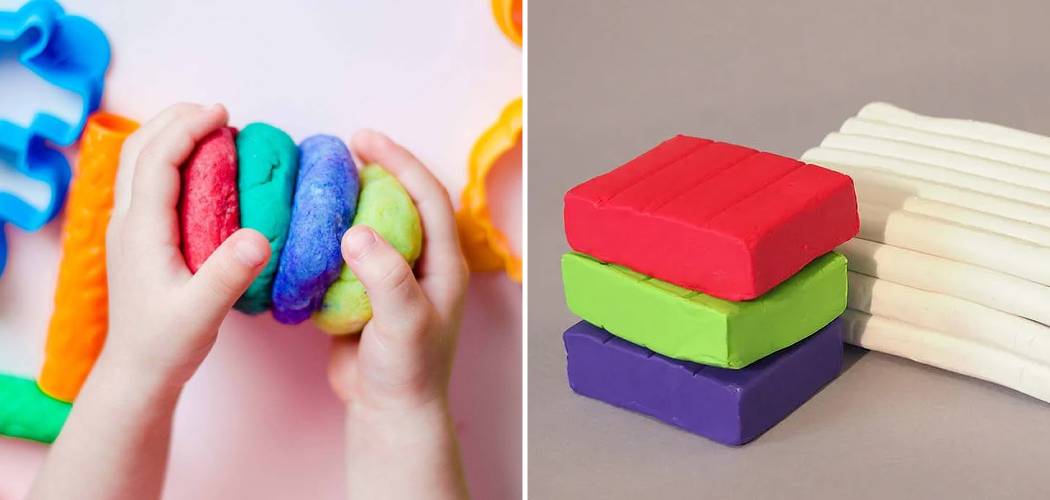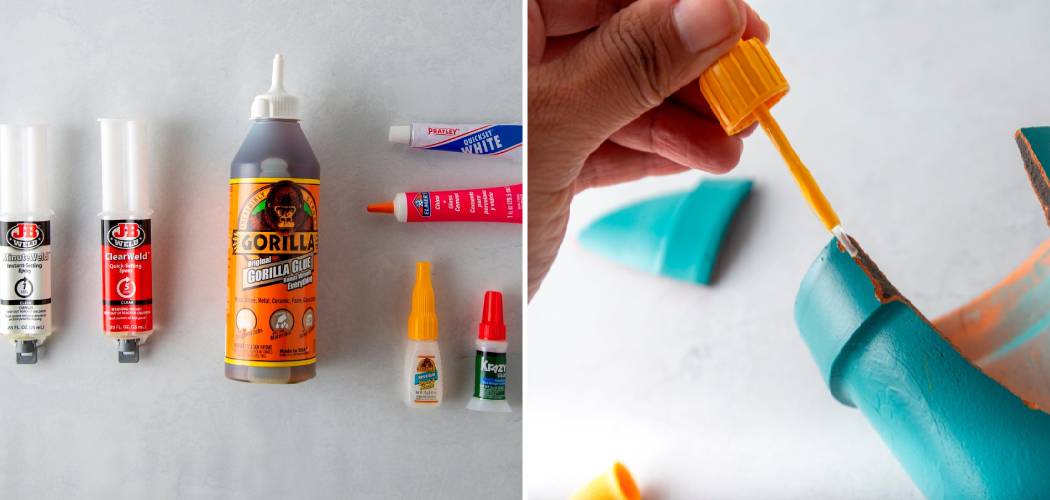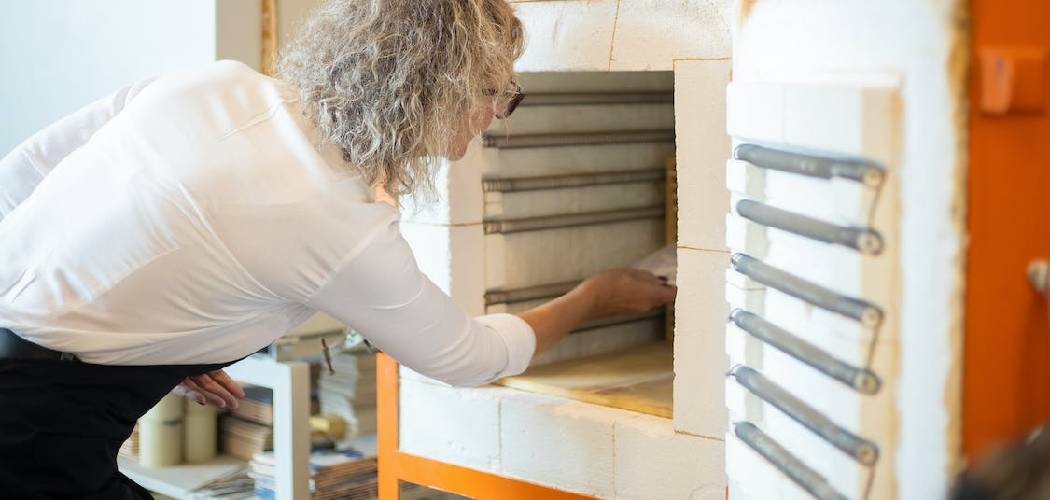Are you looking for a fun and creative way to express yourself? Air-dry clay is an exciting medium to work with, offering endless possibilities! This malleable material has come a long way in recent years, allowing artists to manipulate it like never before.
Whether you’re new to the world of air-drying clay or are a seasoned expert looking for some tips on how to color air dry clay, we have just the content for you.
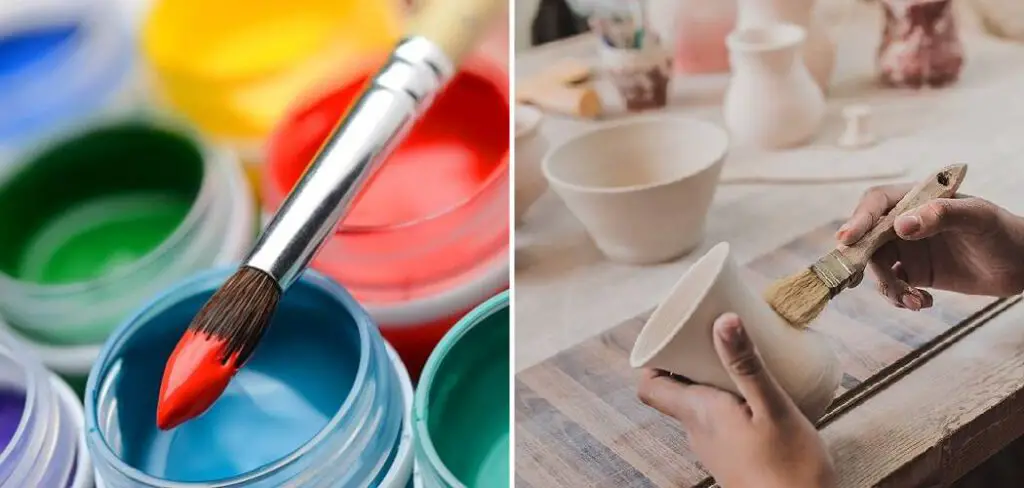
We’ll discuss all the do’s and don’ts of coloring your air dry clay projects so that you can add vibrant colors and interesting textures that will make your pieces really stand out. So grab your supplies, and let’s get started!
Table of Contents
Can You Paint Air Dry Clay with Watercolors?
Yes, you can paint air-dry clay with watercolors. Air-dry clay is a great medium for creating artistic pieces that can be painted and sealed to last much longer than regular clay. Using watercolors to paint your air-dry clay will give it a more vibrant and intense color palette than other types of paints.
First, you must properly condition the air-dry clay before painting. This means kneading the clay until it is soft and pliable enough to work with easily. Once it is conditioned, roll out the pieces that need to be painted or form them into desired shapes and let them air dry completely before painting them with watercolor paints.
When painting your air-dry clay piece, make sure you use a light touch and apply the colors in thin layers for the best results. The paint should be added slowly to create a gradient effect that will give your piece depth and dimension. Once you are finished painting, let it dry completely before sealing the piece with a clear varnish or sealant.
Using watercolors to paint air-dry clay is an easy way to add vibrant colors and texture to any project! With practice, you can create beautiful pieces of art that make great gifts or decorations for your home. Have fun experimenting with different color combinations and techniques until you find something you love!
10 Effective Ways How to Color Air Dry Clay
1. Knead in the Color
One way to color air-dry clay is to simply knead it in the desired color. This is a great option if you want to achieve an even color throughout the clay. You can use any type of coloring agent, such as food coloring, liquid watercolors, or acrylic paint.
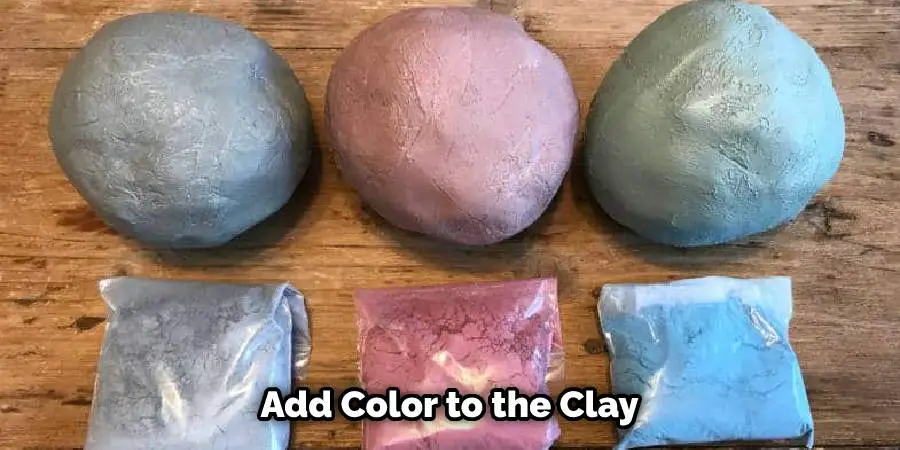
Simply add a small amount of the coloring agent to the clay and knead it in until the desired color is achieved. While kneading, it is important to wear gloves to prevent staining your hands. To prevent staining your work surface, you can use parchment paper or wax paper.
2. Use a Paintbrush
Another way to color air dry clay is to use a paintbrush. This method is great if you want to achieve a marbled effect or if you want to add color to specific areas of the clay. Dip your paintbrush into the desired coloring agent and then apply it to the clay. You can also use multiple colors and blend them together for a unique effect.
Be sure to work in a well-ventilated area and wear gloves. Doing this will help protect your skin from any potential toxins the coloring agent may contain. Once you have finished coloring the clay, allow it to dry completely before using it for your project.
3. Sprinkle on the Color
If you want to add color to air-dry clay but don’t want to knead it in, you can sprinkle on the desired color. This method is great for achieving a speckled effect. Simply sprinkle the coloring agent onto the surface of the clay and then rub it in with your fingers.
You can also use a toothbrush or other brush to spread the color around. Some popular coloring agents include powdered tempera paint, chalk pastels, or acrylic paints. If you want the color to stay longer, try mixing in a tiny bit of water to the colorant before you sprinkle it onto the clay.
4. Roll in Color
Another way to add color to air-dry clay is to roll it in the desired coloring agent. This method is similar to sprinkling on the color, but it will give you a more even coverage. Simply pour some of the coloring agents onto a flat surface and then roll the clay in it until it’s evenly coated.
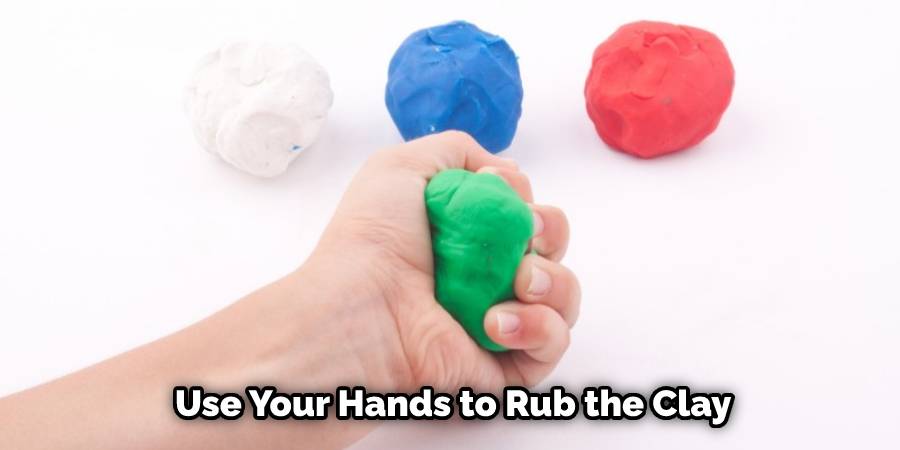
You can also use your hands to rub the color into the clay. When you’re done, allow the clay to dry completely before handling it. This method is best for larger pieces of clay since it’s easier to evenly coat it in color.
5. Use a Spritz Bottle
If you want to add a light mist of color to air dry clay, you can use a spritz bottle. This method is great for creating a gradient effect or for adding subtle details. Simply fill a spritz bottle with your desired coloring agent and then spray it onto the clay. You can also mix multiple colors together and spritz them onto the clay for a unique effect.
Experiment with different amounts and combinations to find out what looks best. When you’re finished, simply let the clay dry. If you want to be extra sure that the color will adhere, apply a sealant after it has dried. This will help protect the clay and also keep the colors vibrant.
6. Paint with Color
Another way to add color to air-dry clay is by painting it with acrylic paint or another type of paint designed for use on ceramic surfaces. This method is great if you want precise control over where the color is applied and how intense it is. Simply dip your paintbrush into the desired paint and then apply it to the surface of the clay.
Allow the paint to dry completely before proceeding with any other steps, such as sealing the clay. To ensure that the paint doesn’t come off, you can seal it with a clear coat of polyurethane after it has dried. This will also help to protect the clay from any dirt, dust, or moisture that it may come into contact with.
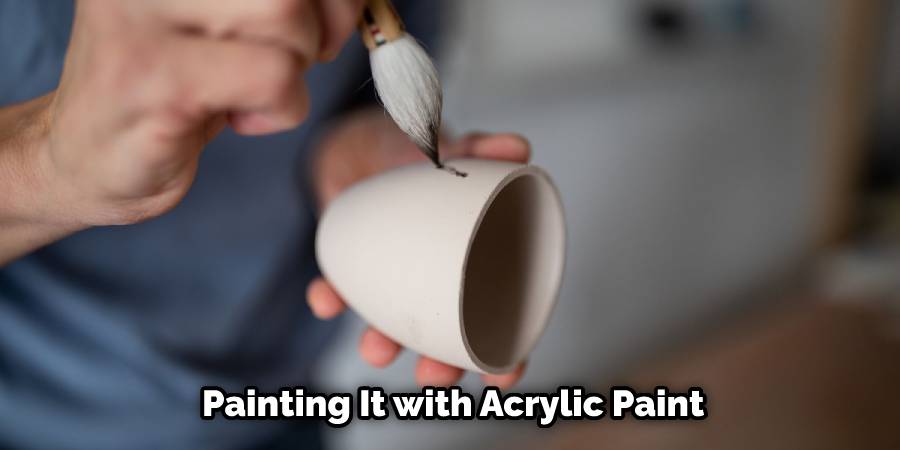
7. Glaze the Clay
If you want to add a glossy finish to your air-dry clay piece, consider using a glaze. Many glazes designed for ceramics are available at craft stores and art supply stores. Be sure to read the instructions on the glaze packaging to ensure correct application. If a glaze is not available, mix up a homemade version with equal parts water and school glue. When applied over the clay it will create a glossy finish. Apply the glaze to your air-dry clay piece with a soft brush, taking care not to leave any visible brush marks.
8. Add Glitter
If you want to add a little sparkle to your air-dry clay piece, consider adding glitter! You can use any type of decorative craft glitter for this. Simply sprinkle it lightly onto the clay and press the glitter into the surface with a toothpick or other tool. Once your piece is dry, the glitter will stay in place and give it a bit of extra sparkle!
9. Use Dyes
If you want to add vibrant, intense color to your air-dry clay piece, consider using dyes. You can use any type of dye or pigment powder, such as those used in the tie-dyeing fabric. Before adding the dye to your clay, mix it with a bit of warm water. This will create a thin, paint-like solution that you can use to tint your clay.
Once you finish applying the dye, let the clay dry completely before handling it. It’s also important to note that dyes can be incredibly difficult to remove from your hands and clothes, so be sure to wear gloves and an apron when handling them.
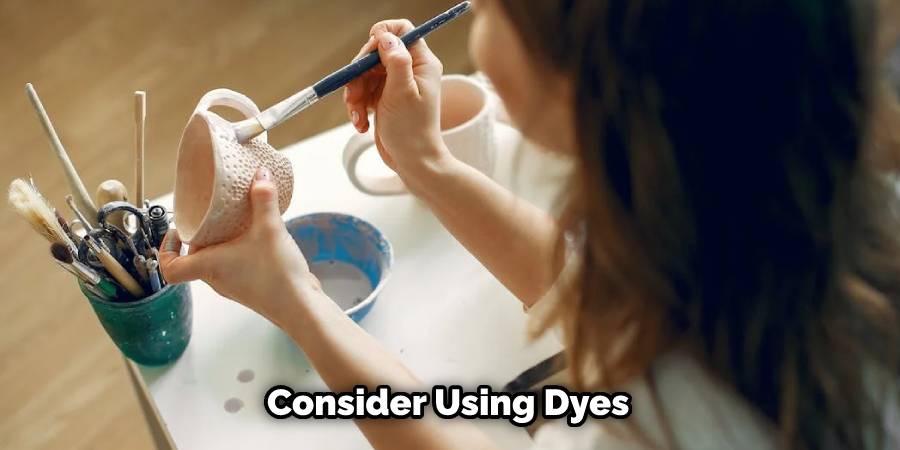
10. Seal the Piece
Once you have added all of your desired colors to your air dry clay piece, it is important to seal it with a clear varnish or spray paint to protect it from damage. This will also help your colors look vibrant and last longer.
If you are using a varnish, it is best to use an acrylic-based one or one specifically designed for clay. If you are using spray paint, make sure to use a product that is specifically designed for air-dry clay. Apply the sealant as directed by the manufacturer, and wait for it to completely dry before displaying your piece.
Conclusion:
So, that’s it – you now have the basics of how to color air dry clay. Experiment with different mediums, paints and inks to see what works best for your project. Try combining tools and techniques, such as applying ink or paint into the cracks of stamped designs. Don’t be afraid to take risks to make your clay project stand out from the rest. Now that you’ve read this article, get out there and try coloring air dry clay yourself!



